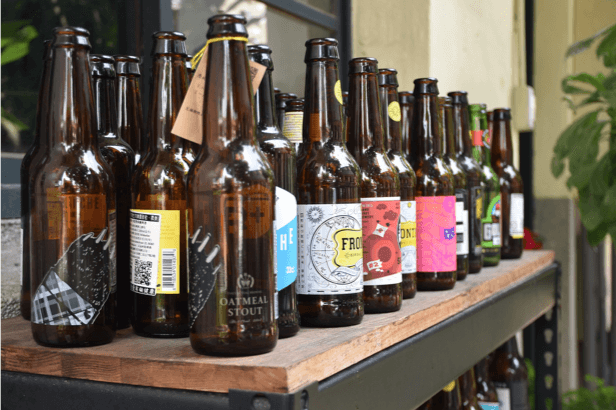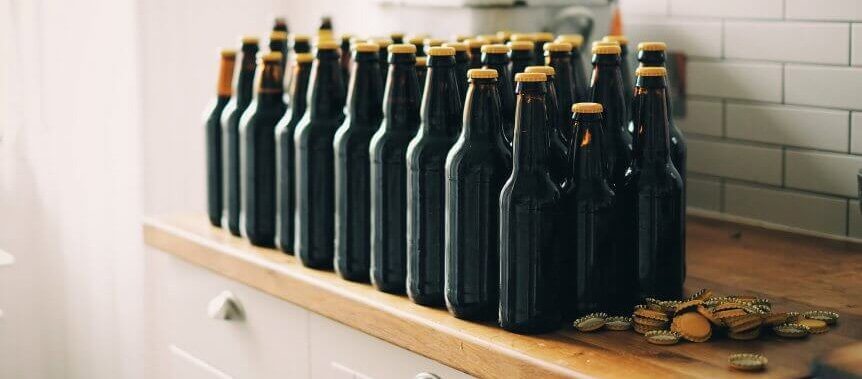It’s no secret that we’re smack dab in the middle of the Golden Age of craft beer. Early pioneers in the microbrew scene like Anchor, New Albion, Sierra Nevada, and Sam Adams, began brewing more flavorful and meticulously crafted beers throughout the 70s and 80s, introducing a small population of Americans to a brand-new world of hops and grains that was distinctly delicious compared to the conventional adjunct lager. Though these breweries were cranking out exceptional beer, it took a while for the craft beer phenomenon to sweep through the nation, but toward the end of the 90s, with the rise of breweries like Dogfish Head, Lagunitas, New Belgium, and Goose Island, there seemed to be an ever-growing market of beer lovers who were ditching their Coors or Bud for a 90 Minute IPA or Bourbon Barrel Aged Dark Lord Imperial Stout.
One of the more interesting concepts that beer lovers soon learned about their favorite libation was that, like wine, certain beers could be aged in storage for quite a long time to enhance the impressive flavors already present in the brew.
What Beers Can I Age?
As a general rule of thumb, the higher the ABV, the better the beer will hold up to aging. Alcohol acts as a preservative and the harshness one gets from the alcohol mellows over time and develops sweet notes. Most cellar pros say that you should never age a beer under 8% and that some 12%-ers generally taste better with at least a few months on them.

Hops fade over time so most hopheads will tell you that it’s sacrilege to age heady IPAs or DIPAs and they’re not wrong. Remember, with hops—fresh is best.
Here’s a list of some of the most commonly aged beers:
- Russian Imperial Stout
- Barleywine
- Scotch Ale
- Old Ale
- Belgian Strong Dark Ale
- Belgian Tripel
- Geuze
- Wild Ales
Where Should I Age My Beer?
They don’t call it cellaring for nothing. A cool, dry basement with temperatures between 50 – 60° and humidity levels between 55 – 75% is an ideal storage space. If the temperature gets above or around the 70° mark the beer might age too rapidly and develop stale flavors. If you don’t have a basement or your basement gets too hot, find a cool dark closet or corner of your bedroom away from windows.
Remember, sunlight is the biggest killer of beer. Ever had a truly skunked beer? That’s probably because it was left out in the sun for too long and UV rays worked their magic on it.
Keep those bottles dark, people!
How Long Can I Age My Beer?
This is probably the most contentious aspects of the beer aging process. And that’s really because each beer is different and there’s no one-size-fits-all approach to aging your brew. But most beers will benefit from no less than two years on the shelf and no more than ten. While more adventurous cellarers push the limits, the only way you can really figure out how well a beer ages is to buy a number of them and taste one each year to see how it develops.
Or you could do a vertical. This means that every year you store away a fresh single of the beer you’re aging, making sure to mark the date on it, if it’s not listed. Then after maybe a few years, you have a little beer tasting party and compare notes on each vintage.
So get yourself some high ABV bottles and tuck them away for a while. As long as you keep it cool, dry, and out of the sunlight, time is on your side.
Check out this video on the basics of beer aging by Beer Geek Nation:

